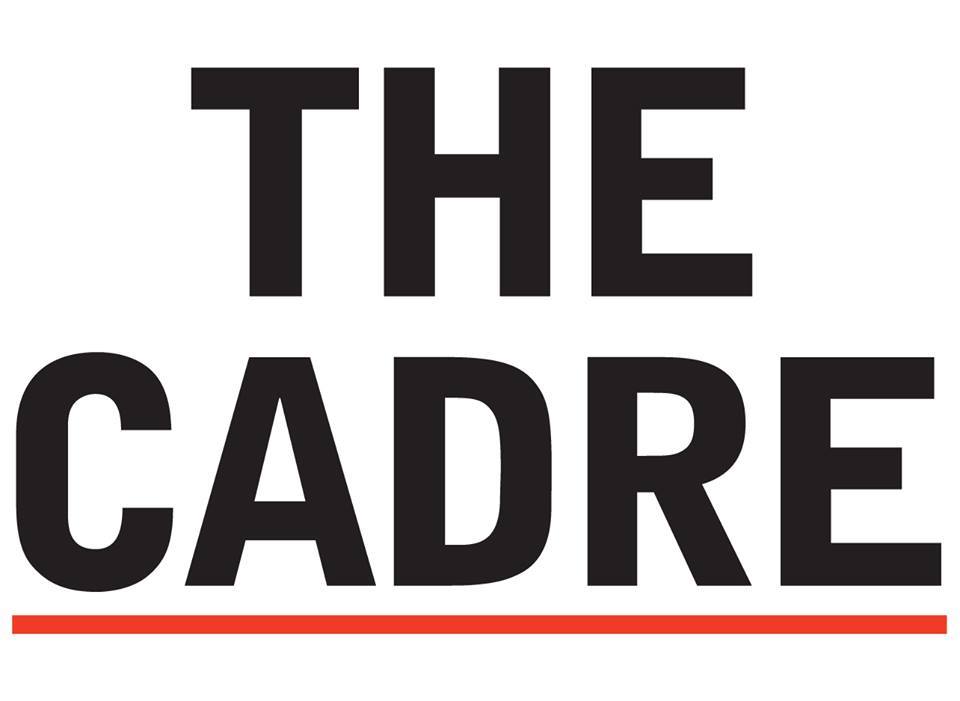By: Elyse Cottrell
If 140 Charlottetown citizens attempted suicide in 2 weeks there would be panic, outrage, demands for the government to do something. PEI is a close knit community, with not enough resources for mental health, addiction, and survivors of abuse. If 140 Charlottetown citizens attempted suicide in 2 weeks, if 6 died by suicide in 2 months, people would demand the province, and the federal government act quickly, and you know what? They probably would.
In an isolated place, with few resources, not even a hospital, a population of approximately 8,000 people, Manitoba has a community in crisis. It’s a community in mourning as 6 lives have been lost in 2 months, and 140 people have attempted suicide in the past two weeks. What little staff is there to help is exhausted and fearful. Fearful that more people will lose their lives before help comes. Knowing that they don’t have the resources to help their community deal with the mental health crisis, the loss of loved ones.
A community promised economic growth, and support, if they gave up some of their land so Manitoba could build a hydro station now faces an 80% unemployment rate, damaged lands that are transformed into floodways on a regular basis, and the promised employment programs are nowhere to be seen.
If the Canadian and Manitoba government are slow to help, why can’t post-secondary institutions able to step in? Frequently students go on placements. There are many programs across Canada that have students; medical students, nursing students, education, social workers, community psychology, social psychology, clinical psychology, family and youth support workers, counsellors. These students offer valuable skills that would be beneficial in this time of need, and would gain valuable experiences. As we end a wonderful week devoted to the mental health of our students, I have to wonder why is it seems so difficult to help those in crisis?
